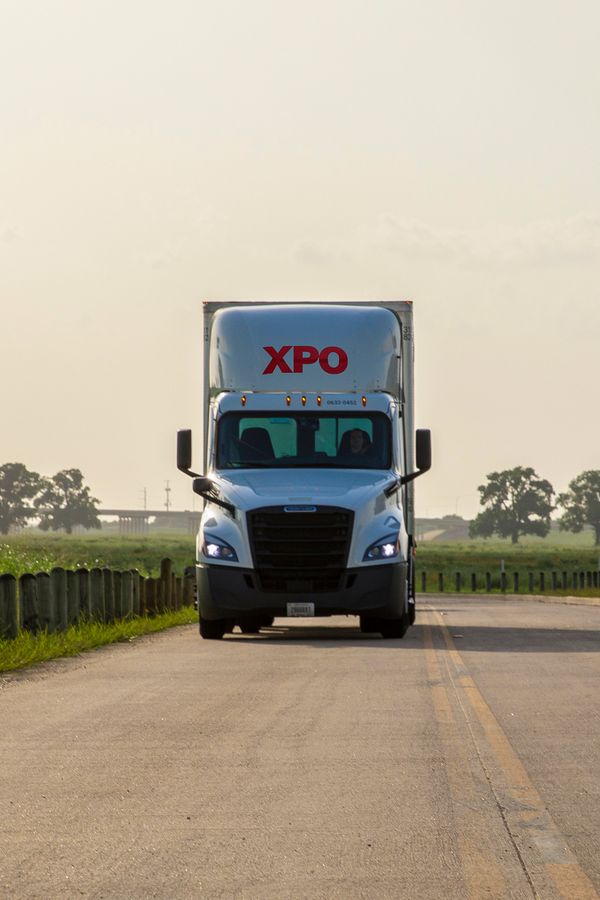Four Reasons Why LTL Shipments Get Delayed at the Border
Almost 18% of all US goods exported in 2021 went to Canada. And while we share borders and a friendly, longstanding trade relationship, this alone will not guarantee smooth cross-border shipments. There are numerous regulations that apply when moving LTL freight between the two countries, and that means a lot of forms and other documents, all adding up to a perfect storm of potential delays.
Here are four “must-do” ways to help avoid costly delays when shipping LTL freight cross-border:
1. Incomplete or missing paperwork is one of the most common reasons for delays
When shipping cross-border, you’ll need to have the following documents ready:
- Bill of Lading (BOL) — including the name of the customs broker;
- Commercial/Customs Invoice — this should contain all the commodities and their dollar values;
- Certificate of Origin — certifies that the goods in the shipment originate from a particular country;
- Electronic Export Information (EEI) — required if your shipment includes items under the same Schedule B that, together, are valued at more than $2,500 (formerly known as Shippers Export Declaration or SED);
- Canada eManifest — lets carriers electronically transmit their pre-arrival information to the Canada Border Services Agency (CBSA).
Make sure your bill of lading (BOL) provides this information and be specific — no general terms should be used for packaging and commodity descriptions:
- What are the goods being shipped?
- What are they made of?
- What are they used for?
- How are they packaged?
Describe the goods properly:
When entering the number of shipping units, use the lowest external packaging unit count as the piece count. For example, a container containing ten skids with 200 cartons is a piece count of 200 cartons. And, be sure to mark HazMat on all packaging that contains hazardous materials.
Examples of descriptions that are NEVER acceptable:
- Blank description
- “Freight All Kinds” (FAK)
- “General Merchandise”
- “26 Pallets”
- “Various Retail Merchandise”
- “Consolidated Cargo”
- “Appliances” (you must specify: kitchen appliances, industrial appliances, heat pumps, etc.)
- “Caps” (you must specify: baseball caps, blasting caps, bottle caps, hub caps, etc.)
- “Flooring” (you must specify wood flooring, plastic flooring, carpet, ceramic tile, etc.)
Ensure that the commercial invoice information matches the BOL exactly:
State the market value of the goods and list the currency (USD, CAD) and country of origin. Determine whether your packaging and labels need to be bilingual, and prepare them accordingly.
2. Be sure to choose an experienced customs broker
Allow time to plan — it may take longer than you think. If possible, allow a week or two to search out and connect with an experienced customs broker. Confirm that the broker you choose knows your industry, and make sure they can handle your freight volumes. Both of these are important, because the broker you choose should be familiar with the regulations that apply to the type of commodities you ship, and you’ll want to be sure they’re capable of handling your volumes without delay.
Lastly, check their operating hours; look for a broker that’s staffed 24/7, since most freight crosses the border late at night. Some LTL carriers, like XPO, offer customs broker services to their customers, which simplifies the process for you and can save time.
3. Choose an experienced carrier.
Not all carriers provide the same level of service and expertise. Make sure you use a carrier that has direct coverage to your shipping destinations, and not just to big metro areas. Ask if they have certifications for Customs Trade Partnership Against Terrorism (C-TPAT), Partners in Protection (PIP) and Customs Self-Assessment (CSA).
You’ll also want to make sure your carrier has experienced drivers who are familiar with the customs process. Carriers with a successful border clearance rate will be a good indicator that they have the experience and solutions in place to handle your shipments.
4. Get help when you need it.
Know where to go when you need more help than you can find by searching the internet. Identify a reliable expert who can answer complex questions and provide help with your documents and paperwork. Some carriers, like XPO, offer a customs resource center staffed with service representatives to help LTL shippers with paperwork, shipment monitoring, customs broker services and more.
Shipping cross-border between the US and Canada doesn’t have to be a headache. These four simple but necessary steps are the key to a smoother border crossing for your LTL shipments.
When you need reliable, secure and on-time service performance for your cross-border LTL shipments, XPO is the solution. Learn more about our cross-border service between the US and Canada and check out these FAQs.
Get the latest news and updates on XPO
Further Reading



